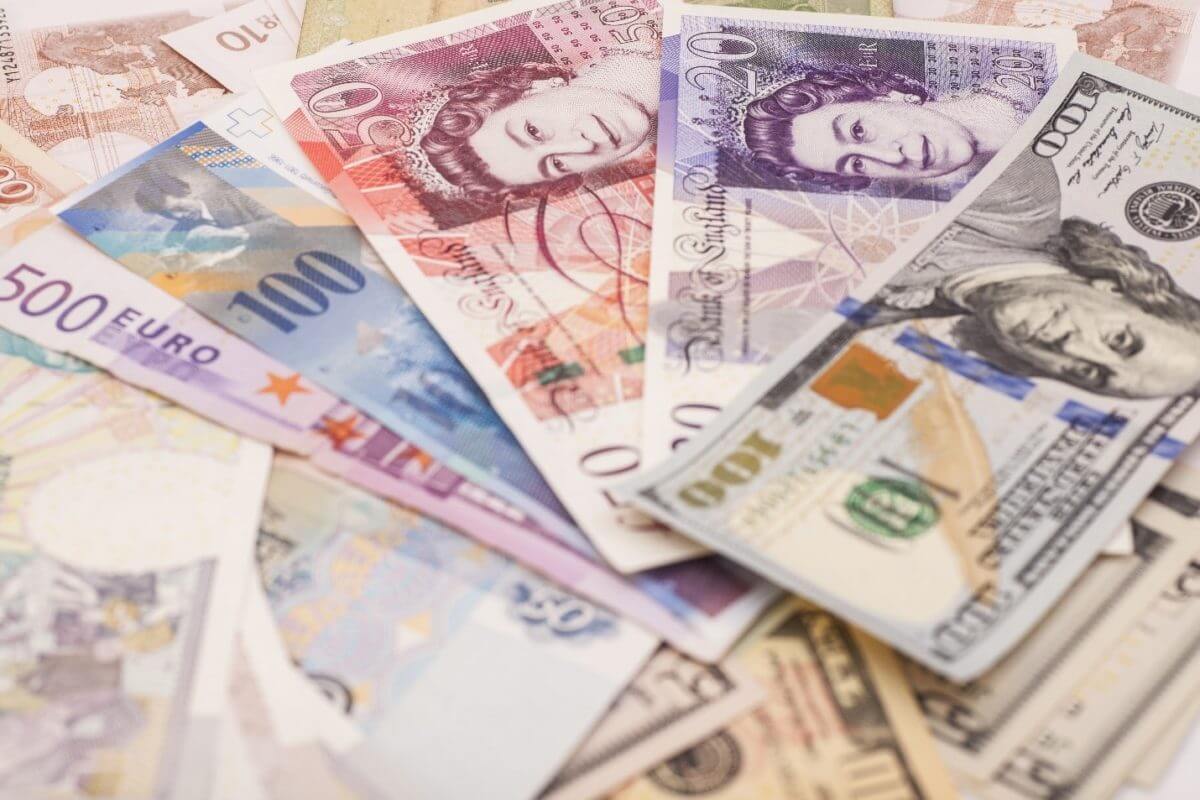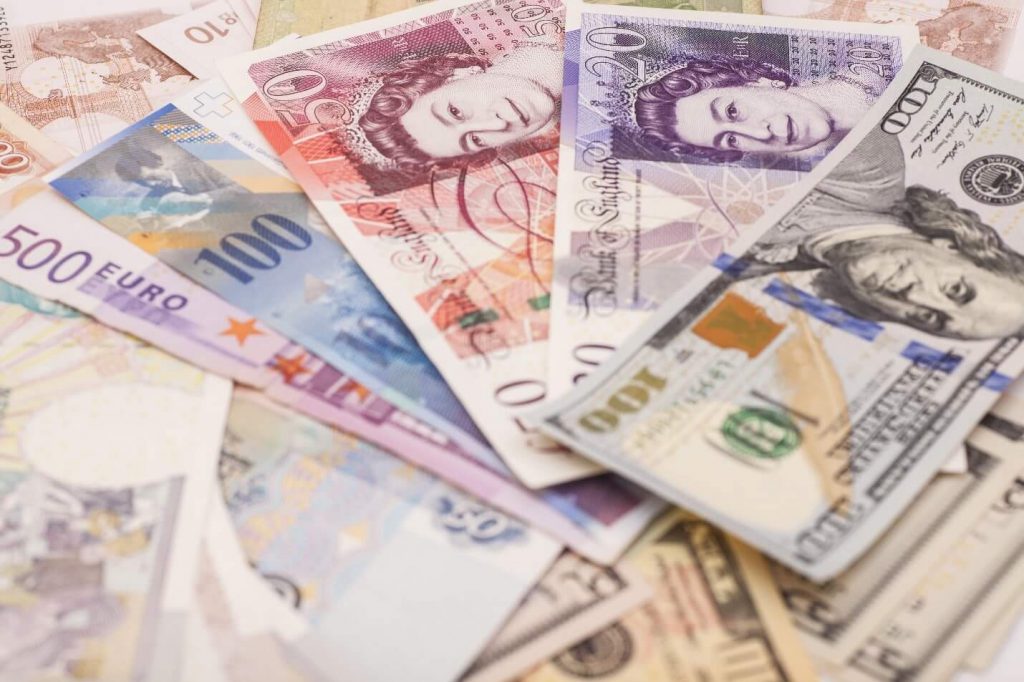
Pound slides to a two-year low against the dollar
The pound has dropped to two-year lows versus the dollar, as global recession fears grow and energy prices continue to rise. Sterling, which was trading below $1.19 at one time, is also weak, according to analysts, because markets are concerned about future UK economic development.
They stated that the sterling could fall even more due to projections of UK economic stagnation and rising inflation. Following Tuesday’s losses, London stocks recovered some ground.
The departure of two senior government ministers, including former Chancellor Rishi Sunak, on Tuesday evening, was not a big role in the pound’s collapse, according to Rabobank head currency strategist Jane Foley on BBC Radio 4 Today. The pound dipped below $1.19 on Tuesday for the first time since March 2020, when the first UK Covid shutdown was implemented.
It was trading at $1.189 in late London trading on Wednesday afternoon, down from a two-year low of $1.187. It then climbed above $1.19.
However, sterling surged versus a weaker euro, rising 0.5 per cent to 85.46 pence, as investors worried about the economic consequences of rising oil prices.
A weak pound makes imports such as food more expensive, and it raises the price of gasoline at the pump. It also means that UK tourists receive less value for their money while shopping abroad.
However, UK products and services offered overseas may grow more appealing to foreign customers. The pound-to-dollar rate stayed unchanged on Wednesday, although markets in London and Europe gained, with some analysts predicting a resetting to a lower level.
The FTSE 100 index in London, which plummeted over 3% on Tuesday, gained 1.2 per cent on Wednesday to settle at 7,107.77. According to Russ Mould, investment director at AJ Bell, markets may have recovered some ground due to investor optimism that a scheduled corporation tax increase in 2023 will be postponed.


